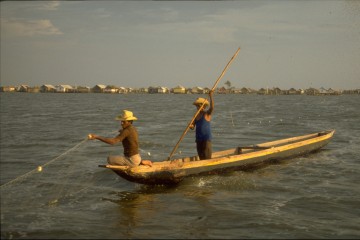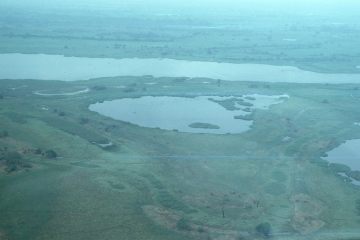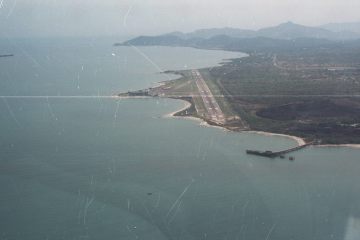https://doi.org/10.2112/JCOASTRES-D-15-00189.1
This paper analyzes the relationship between coastal dynamics and vegetation over dunes in Isla Salamanca Road Park (ISRP), a biosphere reserve and Ramsar site located on the Colombian Caribbean coast. Historical coastline changes together with the main geomorphological features were surveyed through fieldwork, satellite images, and historical aerial photographs, revealing that erosion is the predominant process in the eastern and central sectors of ISRP, and accreting trends throughout time occur in the westernmost sector of the study area. Dunes in the central and eastern sectors are scarped and regularly affected by storm wave action, whereas on the western end of the study area, embryo dunes are currently forming and evolving. Based on the mapped landforms and coastline trends for the last six decades, 1-square-m quadrats were used to identify dune vegetation over six cross-shore transects next to stretches of coast under moderate erosion (eastern sector), high erosion (central sector), and accretion (western sector). The vegetation diversity index indicates that the scarped dunes in the eastern and central sectors have more diverse and mature species cover than the embryo dunes located in the western sector. The former is populated by late successional species, whereas the latter is populated by pioneer vegetation species that can thrive under sand burial. These outcomes reveal the underpinning effect that coastal dynamics and past coastal changes have in the present landscape and vegetation associations along ISRP.




